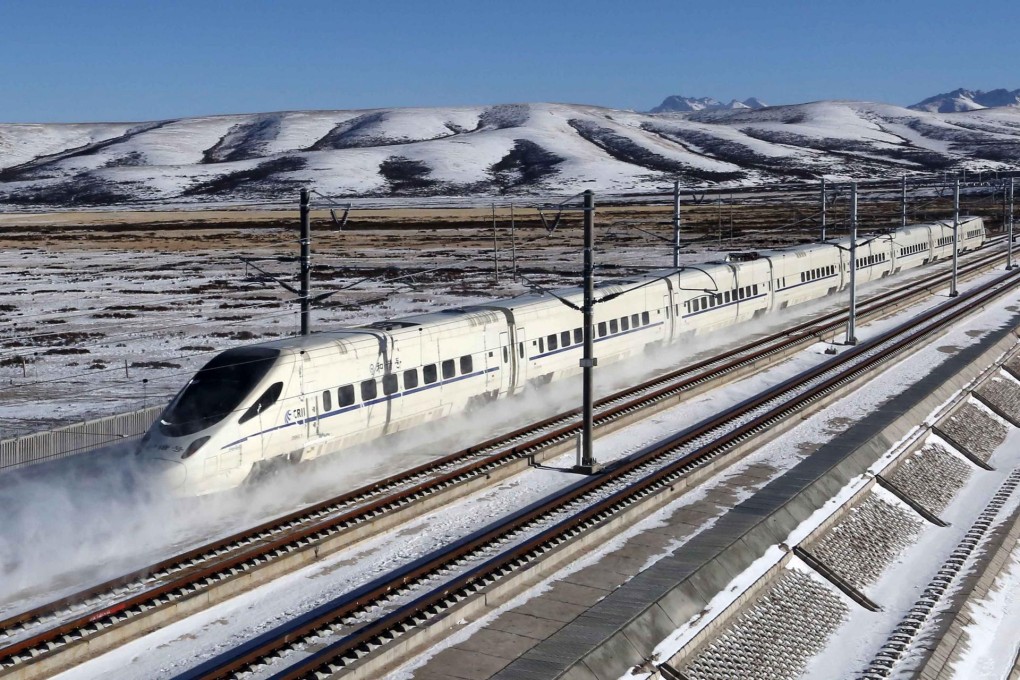China extends high-speed railway network to remote Xinjiang
The restive far-western region of Xinjiang was tied closer to the rest of the mainland yesterday with the opening of a high-speed rail line between its remote capital and a city nearly 1,800km away.

The restive far-western region of Xinjiang was tied closer to the rest of the mainland yesterday with the opening of a high-speed rail line between its remote capital and a city nearly 1,800km away.
A bullet train, which is capable of travelling at speeds of up to 250km/h, left the western city of Lanzhou for Xinjiang's capital, Urumqi , with female attendants in ethnic costumes serving 622 passengers, the state broadcaster China Central Television (CCTV) reported.
The line, the first linking Xinjiang to a neighbouring region, stretched through rugged terrain including vast deserts, the high-altitude Qilian mountain range an ancient section of the Great Wall, and strong wind zones, slashing the travel time between the two cities by half to less than 12 hours, CCTV said.
Two other fast rail lines on the mainland were launched yesterday, meaning more than 3,200km of high-speed track was put into use in a single day, highlighting the rapid development of the country's network.
The western high-speed railway comes as China is pushing a Silk Road Economic Belt to boost commercial ties with countries in Central Asia, including Kazakhstan, and ultimately to Europe.
Also opening yesterday were lines linking the prosperous southern commercial hub of Guangzhou with Guiyang in the underdeveloped province of Guizhou , and Nanning in neighbouring Guangxi , Xinhua reported.